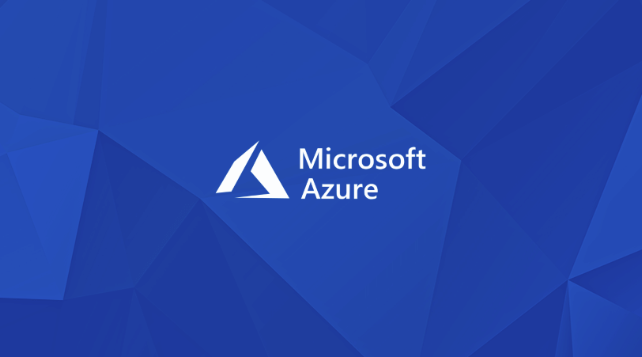
by WK Wallace | Jun 13, 2019 | Azure Server, Email, Security, Services
The instructions found on their website for setting up Proofpoint Essentials and connecting to Azure needs updating. Microsoft no longer allows users to access the “App Registration (legacy)” in order to get a KEY without a special character that isn’t supported by Proofpoint. You may have to generate dozens of keys to get one that Proofpoint will accept. Microsoft has also changed the name from Azure Active Directory to Microsoft Graph for setting domain read permissions.

by WK Wallace | Mar 9, 2010 | Azure Server, Windows Server
Put simply, Windows Azure is the Windows Server operating system redesigned as a cloud-based service. At a very high level, Windows Azure is much like Windows Server, except that it’s hosted by Microsoft at its datacenters and not on-premise at your own company. That is, it provides a platform on which developers can create hosted applications and companies can run hosted applications and store data in the cloud.
But Windows Azure is not simply the current version of Windows Server modified to work in the cloud. Yes, Microsoft did of course start with a Windows Server core to create Windows Azure, but the system was also designed from the start to work as a cloud-hosted service. As such, Windows Azure and Windows Server both have capabilities that are unique to one that are not available in the other. According to Microsoft, the company will continue developing each product separately, all while bringing the respective capabilities of each system closer together. That said, because of their unique focuses, it’s likely that they will never truly mirror each other fully.
Another important aspect of Windows Azure is that it works within Microsoft’s notion of a hybrid computing model, allowing companies to utilize on premise servers for those tasks that need to be hosted onsite and cloud-hosted services that do not. So your company may choose to host some of its applications and data in the cloud but retain other on premise applications and data as needed. This system can also be utilized to slowly move resources to the cloud over time as you evaluate the cost, effectiveness, and convenience of such a strategy.


